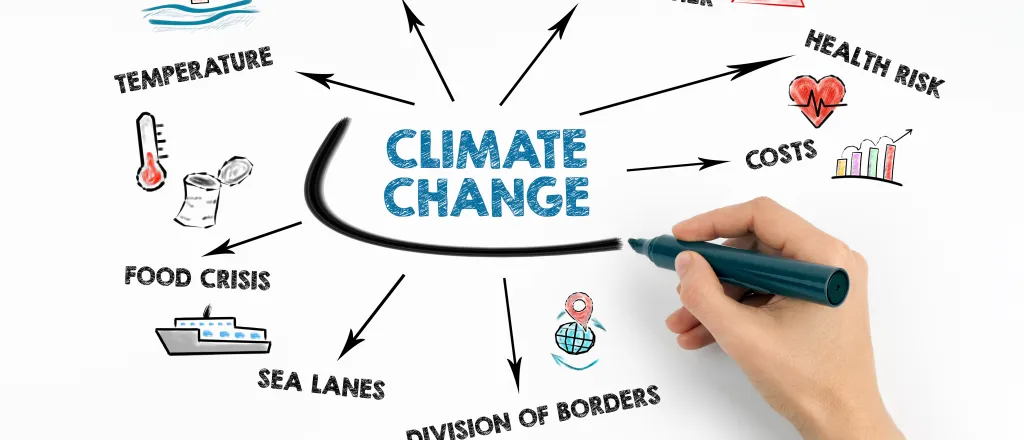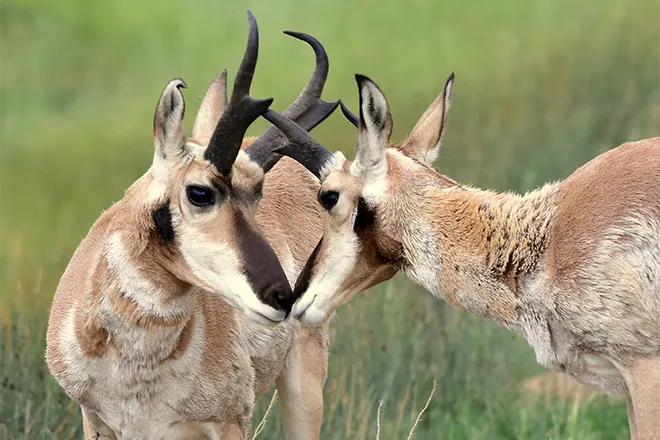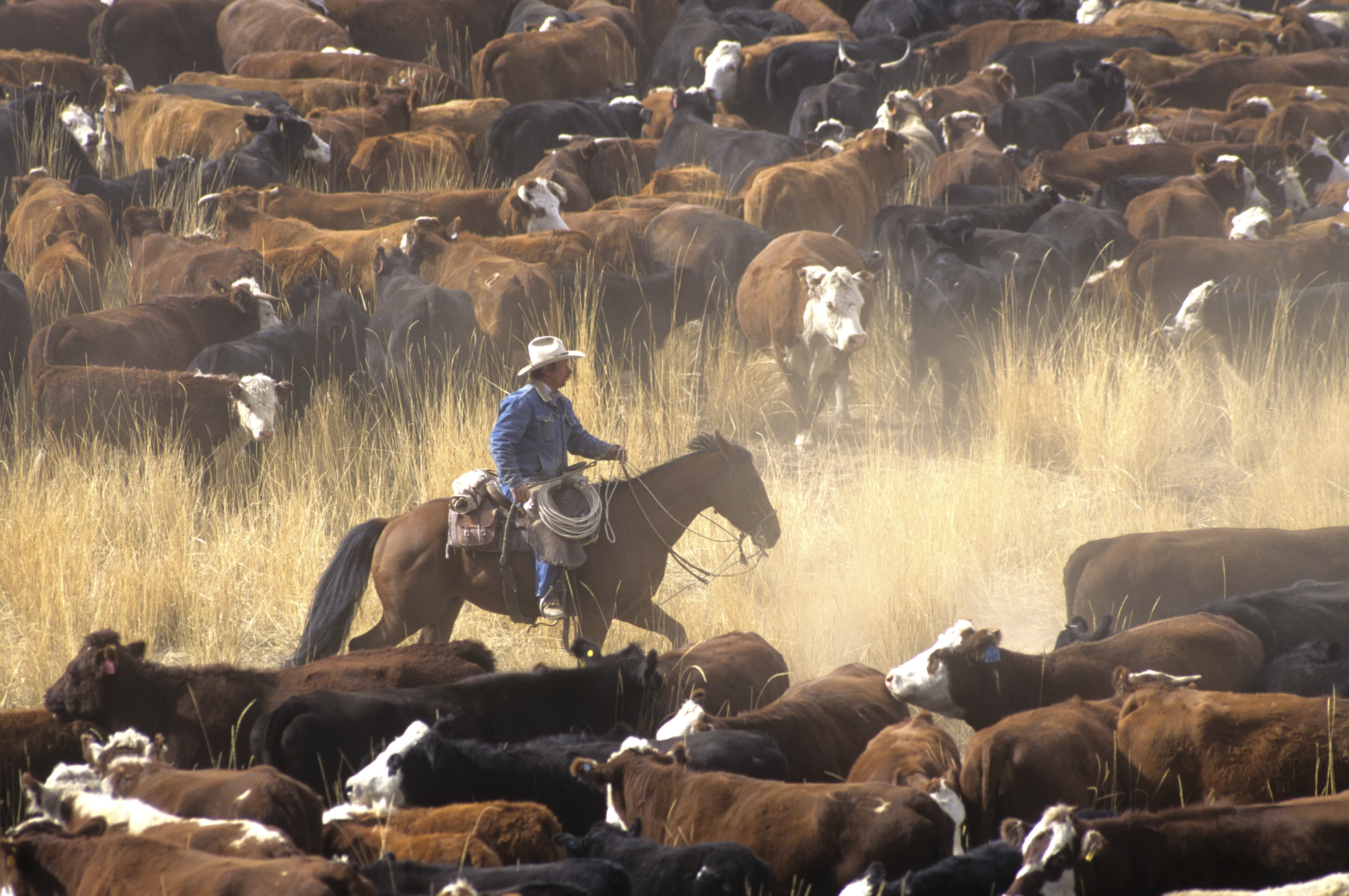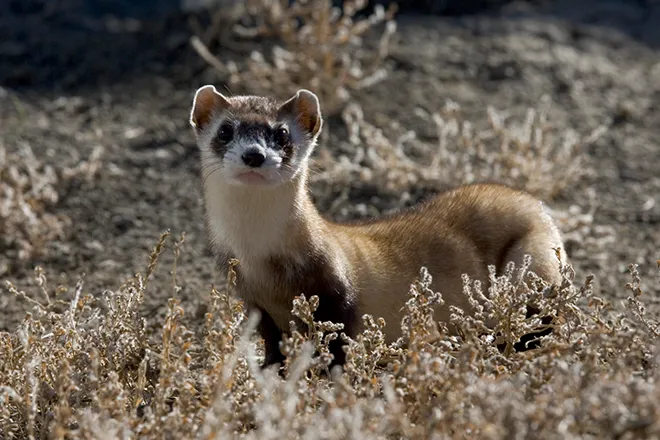
Climate change challenges Ohio farmers
(Ohio News Connection) Kris Swartz had a better growing season this year than he expected. He planted later than usual in the spring because it rained a lot, but dry weather in August and September gave his crops more time to grow and catch up with the lost time from spring.
Swartz, who grows corn, wheat and soybeans on his farm in Wood County near Toledo, said the weather patterns he deals with today are different from 30 years ago when he started out.
"When we were younger, we had more field days to get into the fields in the spring, and in the fall," Swartz said. "Now, we have these really tight windows."
Over the summer, mini droughts and intense thunderstorms frequented Ohio, leaving farmers like Swartz worried about the seasons to come. These volatile weather conditions are due to climate change. For Ohio farmers, they bring dynamic and extreme levels of precipitation and higher temperatures - but also the possibility of longer growing seasons.
More rainfall, including more intense storms
In a perfect season, Swartz would start planting corn the last week of April and finish planting by May 15. Harvesting would start by the last week of September and typically finish by late November. But changing weather patterns are making those start and end dates less predictable.
For example, in the spring of 2019, many Ohio farmers were rained out of their fields almost entirely. There were just over three days that were suitable for fieldwork from April 22 through May 12, according to the U.S. Department of Agriculture's weekly Crop Progress and Condition Report for Ohio and the Great Lakes region.
"A majority of farmers didn't even get their crops planted because they could never get into the fields," said Robyn Wilson, a professor in Ohio State's School of Environment and Natural Resources. Wilson studies how farmers make decisions based on the different possibilities that climate change brings.
"It never dried out enough until it was too late to plant. And if it gets too late in the season, there's no point in planting because it's not worth their time or money to even plant anything because there wasn't enough growing season left," she said.
Generally, Ohio will experience more rainfall and the events will be more extreme as climate change progresses. "On average, throughout the year, we'll have more inches of rain, but we're also going to have bigger single rainfall events where you get like an inch or more of rain in one event," Wilson said.
Rising temperatures extend the growing season, but rainfall complicates the timeline
If farmers plant too early in the spring, they risk drowning their crops in the rain or the soil becoming too compact and clay-like to sustain their crops. With rising temperatures causing the soil to thaw earlier and freeze later in the year, farmers could consider planting later in the season if they're rained out in the spring.
But that's a gamble, too, because the soil can still frost early in the fall. Sometimes it is financially smarter for farmers to report a failed crop and collect crop insurance instead.
"We're not always going to know with certainty when the spring planting date will be or when the fall harvesting date will be," Wilson said. "We won't know for sure when all that rain is coming. There's a good chance that rain will come in these big events in the spring and fall."
This year, if a farmer planted late in the spring, the warm and dry weather in the fall meant there was still money to be made.
Hotter temperatures can harm crop yields, according to a 2016 Environmental Protection Agency report. "The warmer weather can e a problem," Wilson said, "but it also can be a good thing. It can lengthen the growing season, and maybe you have opportunities to even double crop."
Double cropping is when farmers plant and harvest two crops in a calendar year, such as winter wheat in the spring and soybeans closer to the fall. This could become more feasible if the growing season lengthens.
Heavier rainfall, higher temps create more agricultural runoff
In addition to affecting farmers' crops, heavier prolonged rainfall and higher temperatures can also harm Ohio's water quality. The heavy rain can cause agricultural runoff, which can damage lakes and waterways.
"We get these big rain events in the spring which flushes nutrients and soil off the fields and it ends up downstream in our water bodies like Lake Erie, which is a problem for water quality," Wilson said.
Increased levels of nitrogen and phosphorus from fertilizer and manure can stimulate harmful algal blooms in lakes and rivers. Longer, hotter summers can also fuel growth for these algal blooms because the water is warmer. The algae release toxins that can contaminate drinking water, causing illnesses for animals and humans that consume it.
On August 2, 2014, a toxic algal bloom on Lake Erie caused Toledo to issue a "Do Not Drink" advisory that lasted for three days. The bloom caused unsafe levels of the algal toxin microcystin, a potent liver toxin and possible carcinogen, in the drinking water plant's treated water.
To help manage agricultural runoff, Swartz works with H2Ohio, a state-run program intended, in part, to improve water quality across 14 counties that make up the Maumee River Watershed.
Farmers working with H2Ohio create a nutrient management plan to increase soil and water quality. H2Ohio then gives the farmers money to implement the management practices. There are more than one million acres enrolled in the program.
"You can do cover crops, you can do subsurface placement of a fertilizer, you can do some manure practices," Swartz said. "Generally, the payment that we get on these H2Ohio practices just about pays for the cost of the extra work or the extra equipment."
Agricultural runoff in waterways can be reduced with these practices, but climate change in Ohio will continue to challenge its farmers as the state continues to become warmer and wetter.
"Rain is intense now. It's not good for us. It's not good for water quality. It's not good for anybody," Swartz said.
















